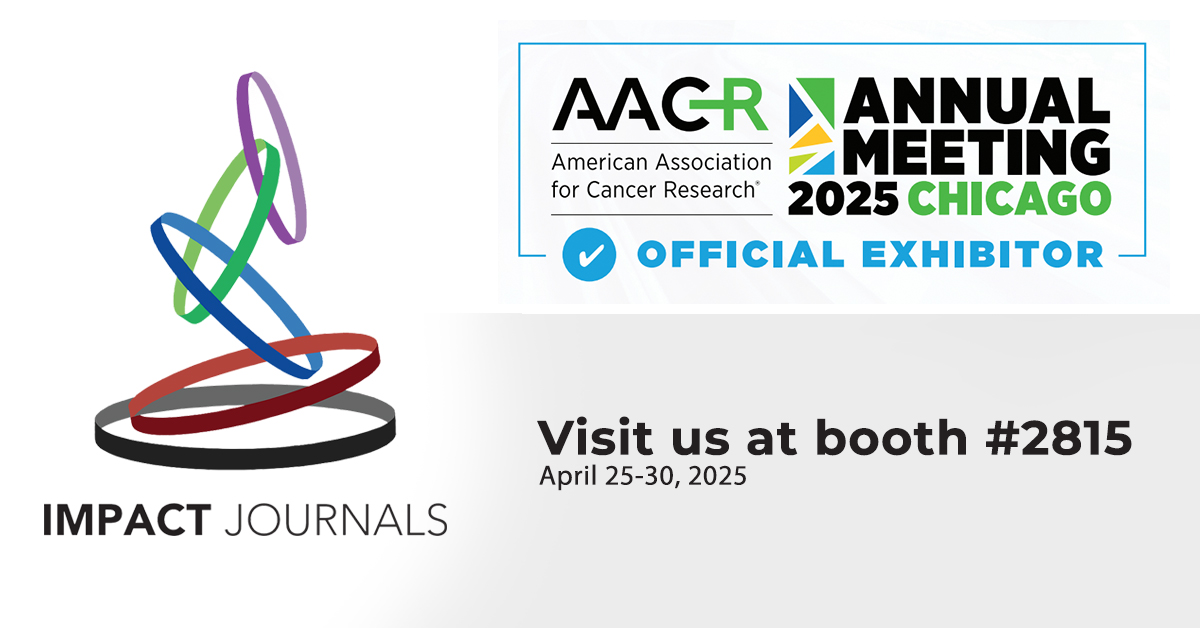Research Papers:
A preoperative mathematic model for computed tomographic guided microwave ablation treatment of hepatic dome tumors
Metrics: PDF 1849 views | HTML 2157 views | ?
Abstract
Fei Gao1,2,3,*, Guo-Bao Wang2,3,4,*, Zhan-Wang Xiang1,2,3,*, Bin Yang5, Jing-Bing Xue6, Zhi-Qiang Mo1,2,3, Zhi-Hui Zhong1,2,3, Tao Zhang1,2,3, Fu-Jun Zhang1,2,3, Wei-Jun Fan1,2,3
1Department of Interventional Radiology, Sun Yat-sen University Cancer Center, Guangzhou 510060, PR China
2State Key Laboratory of Oncology in South China, Guangzhou 510060, PR China
3Collaborative Innovation Center for Cancer Medicine, Guangzhou 510060, PR China
4Department of Endoscopy, Sun Yat-sen University Cancer Center, Guangzhou 510060, PR China
5Department of Gastrointestinal Surgery, Sun Yat-sen Memorial Hospital, Sun Yat-sen University, Guangzhou 510120, PR China
6Imaging Sciences, University of Rochester Medical Center, Rochester, NY 14642, USA
*These authors have contributed equally to this work
Correspondence to:
Fu-Jun Zhang, e-mail: [email protected]
Wei-Jun Fan, e-mail: [email protected]
Keywords: CT-guided, microwave ablation, hepatic dome, tumors, mathematic model
Received: November 28, 2015 Accepted: March 06, 2016 Published: March 23, 2016
ABSTRACT
Purpose: This study sought to prospectively evaluate the feasibility and safety of a preoperative mathematic model for computed tomographic(CT) guided microwave(MW) ablation treatment of hepatic dome tumors.
Methods: This mathematic model was a regular cylinder quantifying appropriate puncture routes from the bottom up. A total of 103 patients with hepatic dome tumors were enrolled and randomly divided into 2 groups based on whether this model was used or not: Group A (using the model; n = 43) versus Group B (not using the model; n = 60). All tumors were treated by CT-guided MW ablation and follow-up contrast CT were reviewed.
Results: The average number of times for successful puncture, average ablation time, and incidence of right shoulder pain were less in Group A than Group B (1.4 vs. 2.5, P = 0.001; 8.8 vs. 11.1 minutes, P = 0.003; and 4.7% vs. 20%, P = 0.039). The technical success rate was higher in Group A than Group B (97.7% vs. 85.0%, P = 0.032). There were no significant differences between the two groups in primary and secondary technique efficacy rates (97.7% vs. 88.3%, P = 0.081; 90.0% vs. 72.7%, P = 0.314). No major complications occurred in both groups.
Conclusion: The mathematic model of regular cylinder is feasible and safe for CT-guided MW ablation in treating hepatic dome tumors.
 All site content, except where otherwise noted, is licensed under a Creative Commons Attribution 4.0 License.
All site content, except where otherwise noted, is licensed under a Creative Commons Attribution 4.0 License.
PII: 8299

